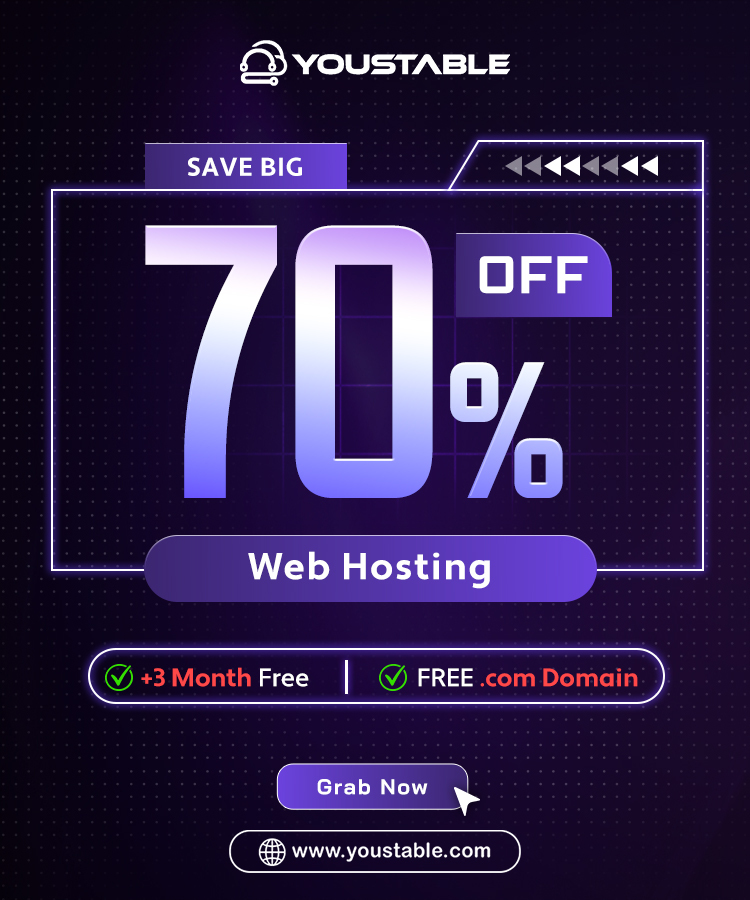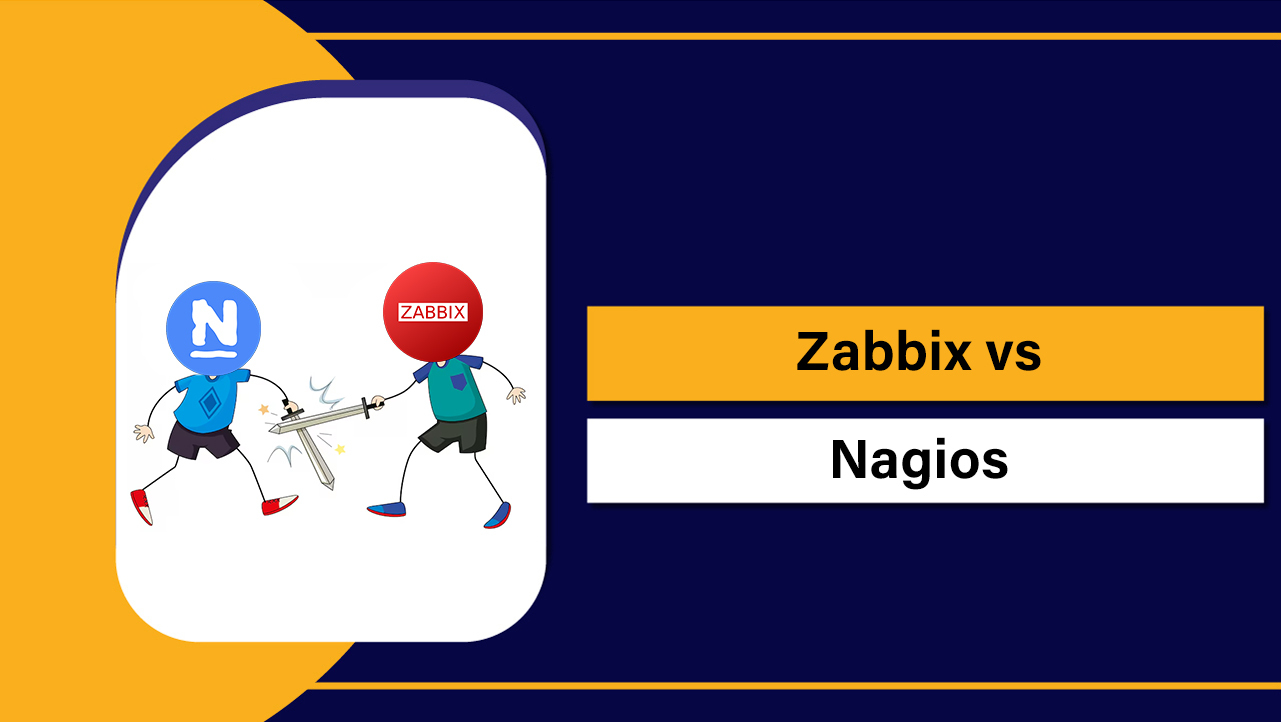You need to upgrade your web hosting plan when performance, uptime, and security no longer match your website’s growth. Clear signals include slow page loads, frequent resource-limit errors, downtime during traffic spikes, storage/database caps, and missing security features or support. Upgrading boosts speed, reliability, scalability, and conversions.
If you’re wondering when to upgrade your web hosting plan, this guide explains the 10 clearest signs, plus how to choose the right VPS, cloud, or managed WordPress hosting. As a Senior Technical SEO content strategist at YouStable, I’ll translate technical indicators into practical steps so you can scale smoothly and protect rankings, revenue, and user trust.
What “Upgrading Your Web Hosting Plan” Really Means
Upgrading hosting typically means moving from shared hosting to VPS or cloud hosting, or from an entry VPS to a higher CPU/RAM tier, managed WordPress, or even a dedicated server. The goal is to gain more guaranteed resources, better isolation, faster storage (NVMe), modern software (PHP, HTTP/3), and stronger security/support.
10 Clear Signs You Need to Upgrade Your Web Hosting Plan
1) Your website is slow despite proper optimization
If you’ve compressed images, enabled caching (page/object), minimized CSS/JS, and still see poor Core Web Vitals or high Time to First Byte (TTFB > 600ms), your server may be the bottleneck. Shared servers can’t guarantee CPU time, I/O, or PHP workers—especially during busy hours.
Upgrade path: Move to a VPS or cloud plan with dedicated vCPU/RAM and NVMe storage. Consider a stack with LiteSpeed or Nginx, HTTP/3, and object cache (Redis) for WordPress or WooCommerce sites.
2) You hit resource limits (CPU, RAM, I/O, inodes, entry processes)
Frequent 500/503/508 errors, “Resource Limit Reached,” or spikes in cPanel metrics (CPU/RAM) mean your account is throttled. Inodes (file counts) maxing out or low I/O throughput can also cause slow queries and timeouts under load.
Upgrade path: A VPS with higher vCPU, RAM, and I/O caps. Ensure your host exposes resource analytics so you can right-size future upgrades.
3) Downtime or 5XX errors during traffic spikes
Campaigns, seasonal sales, or viral posts can overwhelm shared hosting. If your site crashes when concurrent users rise, you need scalable resources and better concurrency handling (PHP-FPM tuning, database optimization, caching layers).
Upgrade path: Cloud hosting or a burstable VPS with autoscaling options. Pair with a CDN and full-page caching to offload origin load and absorb spikes.
4) Security features are limited or manual
Missing essentials like a Web Application Firewall (WAF), DDoS protection, automatic malware scans/removal, daily offsite backups, or quick PHP updates is a red flag. Outdated PHP and weak isolation on shared hosts increase risk.
Upgrade path: Managed VPS or managed WordPress hosting with hardened defaults, proactive patching, and one-click restores. Ensure 2FA, free SSL, and regular security audits are included.
5) Email delivery issues from shared IP reputation
On shared servers, neighbor activity can tarnish IP reputation. If your order confirmations or newsletters land in spam or bounce due to blocklists, your hosting tier is holding you back.
Upgrade path: A VPS with a dedicated IP, proper rDNS, SPF, DKIM, DMARC, or offload transactional mail to a reputable SMTP service (e.g., SES, SendGrid) while upgrading hosting for performance and control.
6) Storage and database growth are hitting limits
If backups fail, uploads are blocked, or MySQL tables swell without headroom, you risk data loss and slow queries. E-commerce and content-heavy sites naturally outgrow entry plans.
Upgrade path: Plans with more NVMe storage, higher inode allowances, and database-friendly configurations (MariaDB/MySQL tuning, query cache alternatives, and Redis/Memcached for object caching).
7) Your stack needs advanced software and developer tooling
Serious development workflows require SSH, WP-CLI, Git, staging, cron control, and sometimes root access for custom extensions or workers. Many shared plans restrict these.
Upgrade path: Developer-friendly VPS or managed WordPress hosting with staging environments, on-demand backups, and Git deployments. Consider containers or orchestration if you’re scaling microservices.
8) You’re expanding to new regions and need lower latency
International audiences suffer from higher latency if your server is far away. If analytics show strong traffic from other continents and higher bounce rates there, it’s time to rethink your infrastructure.
Upgrade path: Multi-region cloud hosting plus a CDN. Choose data centers near your primary users and enable HTTP/3 to improve mobile performance.
9) E-commerce, LMS, or membership features strain shared hosting
WooCommerce, LMS, forums, and membership plugins are dynamic and database-heavy. They need persistent object caching, higher PHP worker capacity, and optimized search (e.g., ElasticSearch/OpenSearch) for large catalogs.
Upgrade path: Managed WooCommerce/WordPress VPS with Redis, optimized PHP-FPM, and HTTP/3. Ensure backups are hourly during promotions.
10) Support quality and SLAs aren’t meeting business needs
Slow ticket responses, limited restoration options, or no proactive monitoring can be costly. If you’re handling emergencies alone, you’ve outgrown the plan—and possibly the provider.
Upgrade path: Managed hosting with 24/7 expert support, clear SLAs (uptime, response, and resolution times), and guided scaling plans.
Quick Checks: Are Resources Your Bottleneck?
- Measure TTFB and Core Web Vitals with PageSpeed Insights, WebPageTest, or Lighthouse.
- Check cPanel/hosting metrics: CPU, RAM, I/O, entry processes, and inodes over the last 24–72 hours.
- Review access/error logs for 5XX bursts, slow PHP, and MySQL query timeouts.
- Compare peak-hour performance against off-peak to spot contention.
# SSH quick checks (VPS/cloud)
top -o %CPU # Realtime CPU usage
iostat -xz 1 # Disk I/O and latency
mysqladmin processlist -u root -p # Watch slow/locked queries
# Test TTFB from terminal
curl -w "TTFB: %{time_starttransfer}\n" -o /dev/null -s https://yourdomain.com
# WordPress debugging
define('WP_DEBUG', true);
define('WP_DEBUG_LOG', true); // Check wp-content/debug.logHow to Choose the Right Upgrade (Shared vs VPS vs Cloud vs Dedicated)
Match the plan to your workload, growth rate, and skills. Here’s a practical way to decide:
- Shared hosting: Best for small, static, or early-stage sites under light traffic. Limited headroom.
- Managed WordPress: Ideal for non-technical teams needing performance, updates, and security handled for them.
- VPS hosting: Dedicated vCPU/RAM, root access, and predictable performance for growing businesses and e-commerce.
- Cloud hosting: Horizontal/vertical scaling, multiple regions, and high availability for peak-heavy or global brands.
- Dedicated server: Maximum control and isolation for heavy compute, strict compliance, or custom stacks.
Key specs to weigh: vCPU count, RAM, NVMe vs SATA storage, bandwidth, PHP/HTTP versions, WAF/DDoS, backup frequency, staging, Redis, and SLA-backed support. Avoid overpaying monitor and scale in steps.
Pre-Upgrade Checklist (for a Smooth Migration)
- Audit your site: remove heavy/unused plugins, fix queries, enable full-page and object caching.
- Back up everything: files + databases, and verify restorability.
- Create a staging copy to test on the new server (PHP version, extensions, email routing, cron).
- Lower DNS TTL (e.g., to 300s) 24–48 hours before cutover to minimize propagation delays.
- Enable CDN and HTTP/3; preload critical pages to warm cache after go-live.
- Monitor after migration: error logs, 404s, Search Console, and real-user monitoring (RUM).
Real-World Examples: When Upgrading Pays Off
- WooCommerce store: Moving from shared to a 4 vCPU/8 GB RAM VPS with Redis cut TTFB by 55% and lifted checkout conversion by 12%.
- Content site with ad spikes: A cloud instance + CDN stabilized traffic surges, halving 5XX errors and improving session duration.
- Global SaaS landing pages: Multi-region hosting dropped latency by 120–200ms for APAC and EU users, reducing bounce rates.
Why Consider YouStable for Your Upgrade
YouStable’s NVMe-powered VPS, managed WordPress, and cloud hosting are built for speed and growth. You get staging, free migrations, real-time malware scanning, offsite backups, and 24/7 expert support. Not sure if it’s time to upgrade your web hosting plan? We’ll audit your usage and recommend the right tier—no upsell, just what fits.
FAQs
How do I know I’ve outgrown shared hosting?
Consistent slowdowns under normal traffic, 5XX/508 errors, resource-limit warnings, and poor TTFB after on-page optimization are classic signals. If your site is dynamic (WooCommerce, LMS, membership), you’ll typically benefit from a VPS or managed WordPress plan sooner.
Is VPS or cloud hosting better for traffic spikes?
A VPS gives predictable resources at a fixed price; cloud hosting adds elasticity and multi-region options. If spikes are rare, a well-sized VPS plus CDN is often enough. For frequent or global surges, cloud hosting with autoscaling is safer.
Will upgrading hosting improve my SEO rankings?
Faster TTFB, better Core Web Vitals, and higher uptime can lift rankings and crawl efficiency. While content and backlinks still matter most, performance is a confirmed ranking factor and directly impacts conversion rates and ad quality scores.
How much CPU/RAM do I need for WooCommerce?
For small stores, start with 2–4 vCPU and 4–8 GB RAM with Redis object caching. Busy catalogs, high checkout concurrency, or heavy plugins often need 4–8 vCPU and 8–16 GB RAM. Always test on staging and monitor PHP workers, DB load, and I/O.
Can I migrate without downtime?
Yes. Use a full backup or host-led migration to a staging environment, update DNS with a low TTL, and keep the old site in read-only or maintenance mode during final sync. Test thoroughly, switch DNS, then monitor logs and analytics for anomalies.
Bottom Line
If you recognize several signs—slowness, resource caps, downtime, security gaps, or limited tooling—it’s time to upgrade your web hosting plan. Choose a right-sized VPS, cloud, or managed WordPress solution, follow a careful migration checklist, and you’ll unlock faster speeds, higher reliability, and better ROI.
Need help evaluating your next move? YouStable’s team can analyze your metrics and migrate you to a faster, more secure platform—so you can focus on growth, not firefighting servers.


